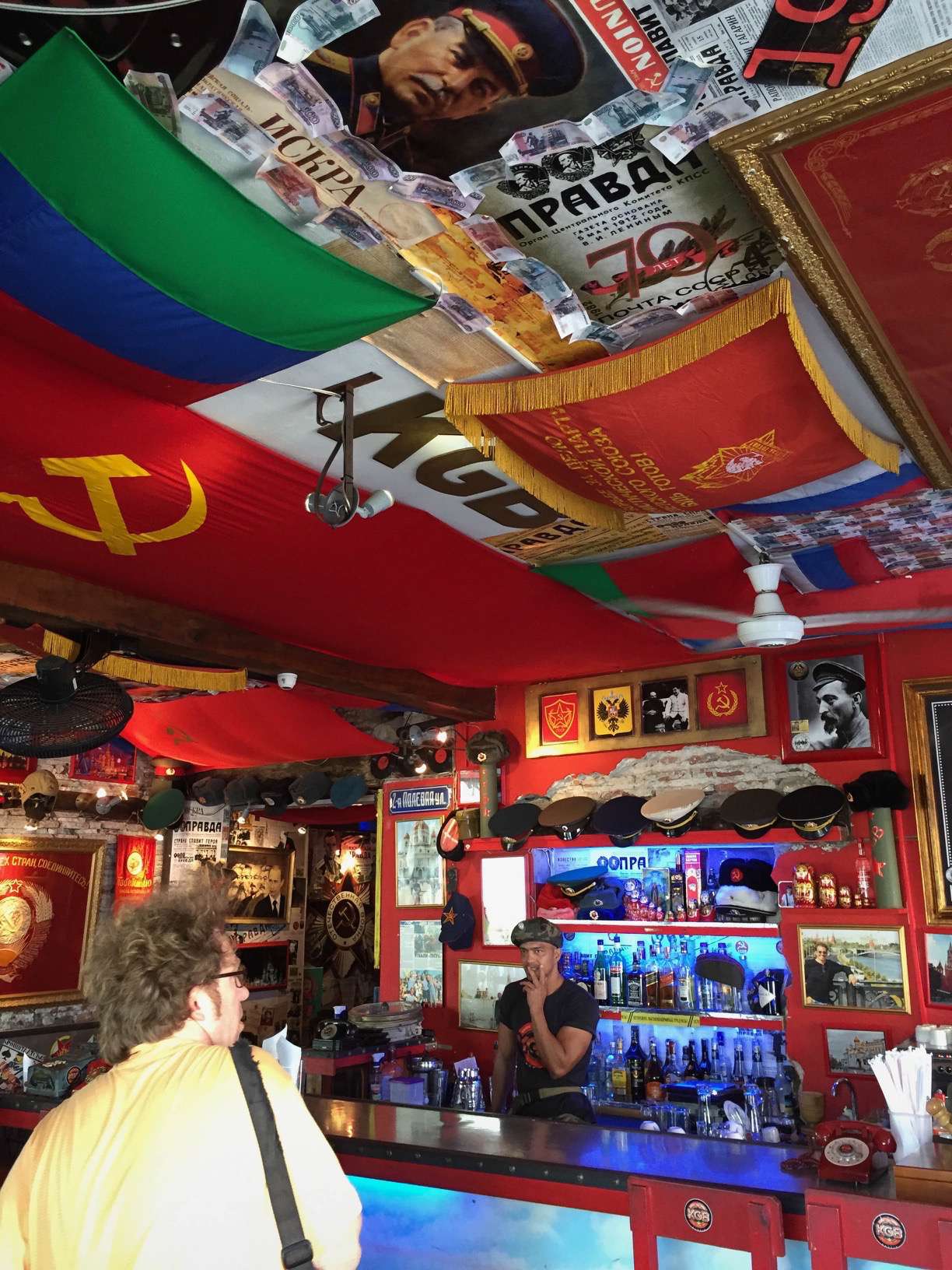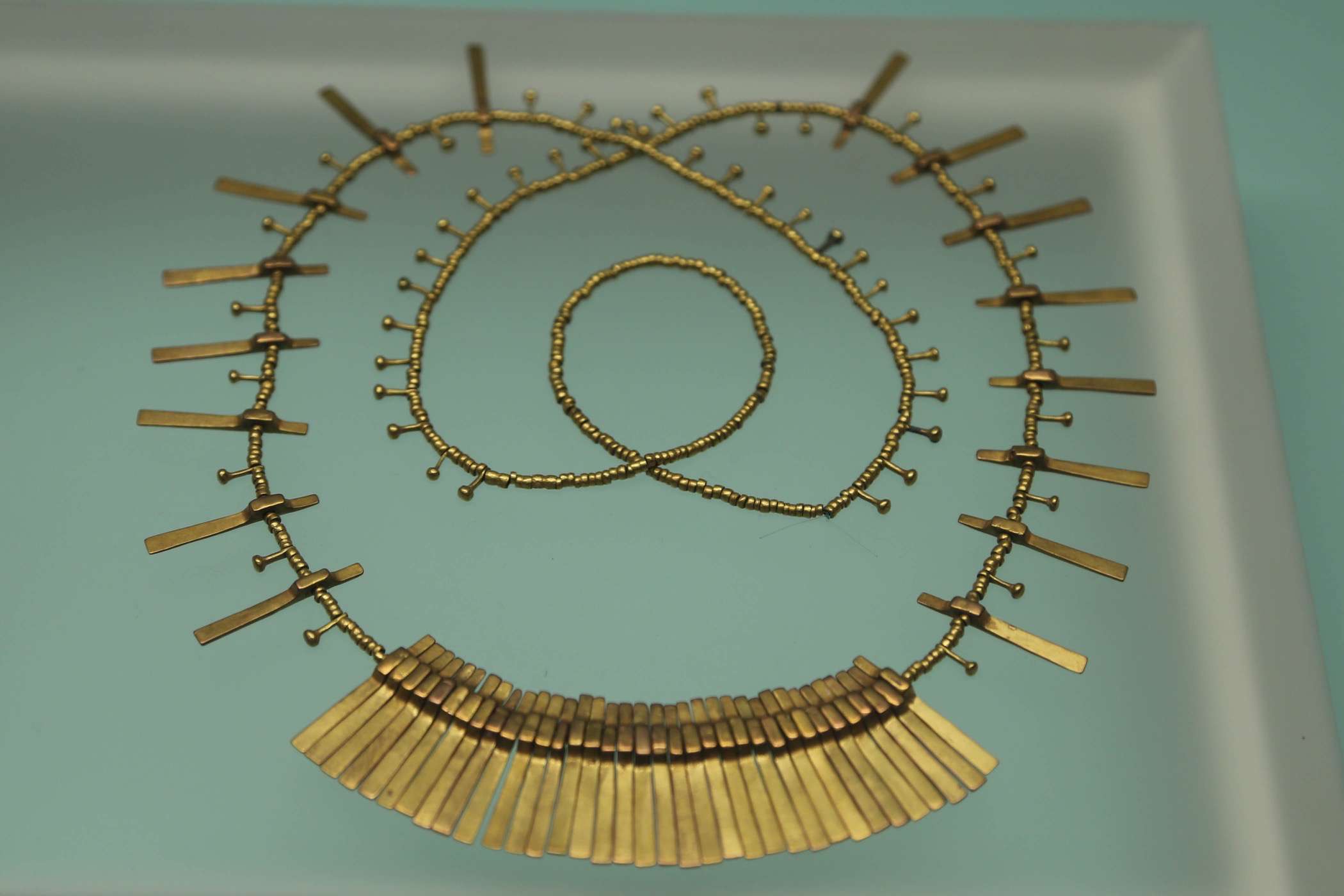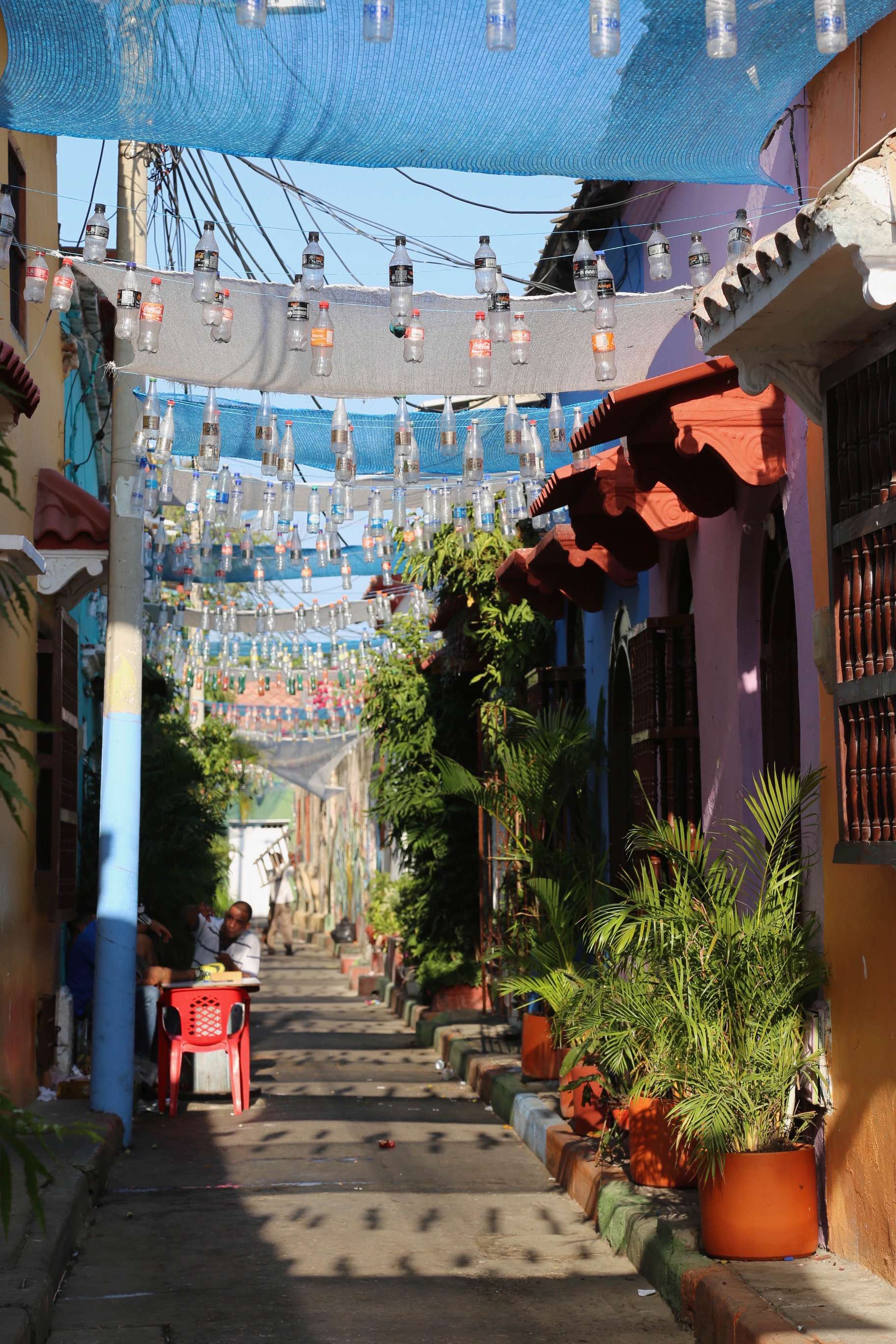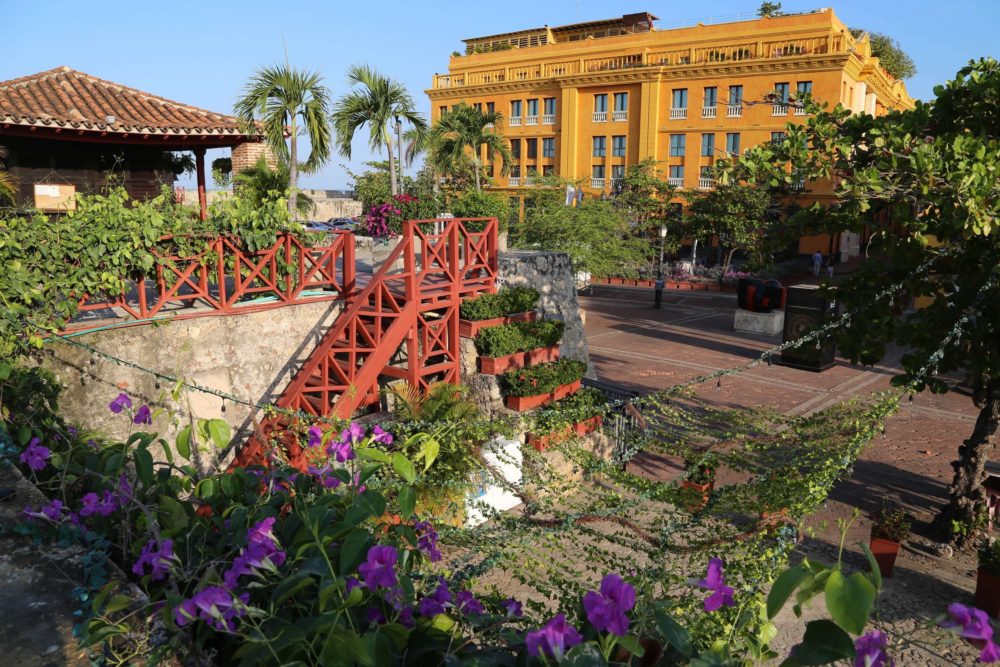
Cartagena, Colombia is a place of old and new, preserved and modern, located along a warm spot ot the Caribbean Sea.

The Old City of Cartagena is a popular place for visitors and showcases the beauty and charm of the city.

Horse drawn carriages ferry passengers around many parts of the Old City of Cartagena.
Thanks to an insatiable lust for gold by the Spanish Crown, a prime location along Colombia’s northeast coast, and a shameful distinction as one of Spain’s slave trading centers, Cartagena might never have risen to prominence as an important New World city. But those factors, along with the aspirations of ambitious men, enabled Cartagena to grow and prosper. Today they are ingredients that make up a recipe for a vibrant history and lifestyle of a beautiful city on the bay.

Inside the Old Town, or Walled City of Cartagena, a UNESCO World Heritage Site, you will find beautifully preserved buildings, churches and shops.
As far back as 4000 BC, the region that today comprises Cartagena was inhabited by a group of pre-Columbian tribes who were likely attracted to the region based on the warm climate and abundance of game and seafood. Spanish conquistadors were drawn to the area because of gold that the tribes crafted into jewelry and art. One of them would go on to establish Cartagena.

Pedro de Heredia established Cartagena for the Spanish Crown in 1533.
Pedro de Heredia was a conquistador born into a wealthy Spanish family in 1505. Characterized as quarrelsome and hot-tempered, on a dark night in a Madrid alley six men attacked Heredia; they mauled him and left him with a badly disfigured nose. Determined to get revenge, he killed three of his attackers, but fled Spain for the New World in order to evade justice. He left behind his wife and children. In the early 1530s, now wealthy and successful in his own right, Heredia sailed back to Spain and convinced queen Juana de Castile (Joanna the Mad) to grant him control of what is now Colombia and about half of Ecuador. He arrived in Colombia in January 1533.

The carefully-maintained buildings lend a festive air along this street inside the Old City of Cartagena.

Colombians have always had something of a revolutionary streak; the KGB Bar in Cartagena’s Old City is a kitsch-filled tribute to a bygone era.
Earlier Spanish attempts to colonize the area had failed. In June 1533 Heredia named the area Cartagena de Indias, after Cartagena, Spain. He battled some of the native tribes and signed peace treaties with others, and Heredia and his cohort set about looting pre-Colombian gravesites, robbing them of gold jewelry and art. One purloined piece was a gold porcupine that weighed more than 130 pounds. Heredia amassed an incredible fortune and paid his fellow looter-soldiers handsomely.

To visit the Gold Museum in Cartagena you pass by the guard and through the vault doors.

The Spanish Crown, along with Conquistadors like Pedro de Heredia, had an insatiable appetite for gold, even smaller pieces of native jewelry.

Gold was fashioned into beautiful jewelry and other delicate pieces.

A high degree of artistry and craftsmanship went into the making of gold jewelry by the native tribes of Colombia.

This piece of exquisite jewelry, now displayed in the Gold Museum in Cartagena, employs the “lost wax” method of casting.

When Conquistadors like Pedro de Heredia and others saw gold jewelry like this, they stole what they wanted from native tribes and their gravesites.

Cartagena’s Gold Museum has an impressive collection of pieces that would normally have been melted down and shipped back to Spain.

Gold fish hooks and pieces of jewelry at Cartagena’s Gold Museum.
Understandably, Cartagena’s reputation for gold and wealth attracted pirates and looters. The city was invaded a number of times over the years, including five sieges during the 16th Century. Pirates extracted ransoms from the city, stole gold and set fire to homes and buildings. In the 1600s the Spanish Crown invested in fortifications and walls to protect the city and new houses and buildings were built of stone. The fortifications and building with stone helped preserve Cartagena’s character and Spanish Colonial attracts modern visitors to the city.

This serene public square belies its terrible past — Africans, kidnapped from their homeland and sold here into slavery, added to the wealth of Cartagena.
Aside from the looting and plundering of gold, Cartagena’s other sinister history is its role in the slave trade. Estimates suggest more than one million slaves of African descent were sold and moved through Cartagena. While it was illegal to enslave pre-Colombian peoples, a slave trade of Africans in Cartagena had begun within a few years of the city’s founding. And in the early 1600s the Spanish Crown granted concessions to trade African slaves. Cartagena, along with Veracruz, Mexico, became centers of Spanish colonial slave trading. By the early 1800s three decades of active opposition resulted in the abolishment of slave trading in 1852. However, even today, Afro-Colombians continue to be disadvantaged and suffer disproportionately than do Spanish Colombians. Cartagena has one of Colombia’s largest Afro Colombian populations.

A group of Afro Colombian women in costume set up their stands at the side of a plaza in Cartagena.

This Afro Colombian woman appears to be well practiced at multi tasking as she carries supplies to work.

Cartagena’s riches from gold looting and mining, and slave trading, made the wealthy city a target for pirates and foreign interlopers. Castillo San Felipe de Barajas was an impressive defense of the city. A UNESCO World Heritage site, the fort is a must-see spot for visitors.

Castillo San Felipe de Barajas was a massive complex; these cannons at the fort protected Cartagena from marauders and pirates.

The soldiers on duty at Castillo San Felip de Barajas could easily move through a maze of tunnels that honeycombed the complex.

An empire to expand, coffers to fill and a city to protect are all part of the history of Cartagena.
Another significant moment in Cartagena’s history is November 11, 1811 when the city was the first in Colombia to declare independence from Spanish rule. It would take approximately 10 years for the city, and Colombia to finally gain independence. Simon Bolivar, the great hero of South American independence was a leader in the liberation movement.

By the time Cartagena declared its independence from Spain, it had become a thriving center for shipping and commerce in what would become the nation of Colombia.

Cartagena has a modern and upscale side, as the boats looking toward Bocagrande and the skyscrapers on it, readily attest.

Beaches in many parts of Cartagena, like this one at Bocagrande, are popular with visitors and residents. Here a sand sculptor shows off his work.

One of the fun ways to get out of Cartagena and visit Bocagrande is on a public bus, where the fare is low but the entertainment value is high.
Cartagena’s climate, location on the Caribbean Sea, and as Colombia’s largest port city has helped to ensure its current success. It is a city of nearly one million people sprawling over 220 square miles. It is part of the diversity that enriches Colombia and helps to give it a unique character.

Color, charm and beauty abound in many places in Cartagena.

Creativity runs throughout Cartagena, like this restaurant inside the Old City.

Bright colors on houses and buildings are a big part of the charm of Cartagena, like these structures in the Old City.

The residents of this side street make the most out of used plastic soda and water bottles that add a festive element at night.
Visitors will find plenty to choose from. Sandy beaches and warm waters of the Caribbean Sea, an historic Old Town filled with colorful Spanish Colonial buildings, some of the best preserved fortresses in the New World, a range of shopping, from boutique to high end, a cuisine that merges South America with Caribbean, an active night life and friendly people who welcome you to their city.

Street food is popular in Cartagena and this vendor does a brisk business.

A man walks along as traffic hurries by just outside the walls of the Old City in Cartagena.
Cartagena – Old World charm in a New World city, an energetic mix of native, Spanish and Afro Colombians, where South America blends with a casual Caribbean pace of life – this is a city accepting its history as it shapes itself in a modern world.

Cartagena’s main forms of transportation are on display here, just outside the walls of the Old City. Buses, cars, taxis, are all part of the mix, along with unlicensed motor-taxis that whiz brave riders through the streets.

A pair of push cart workers move goods along a street inside the Old City.
For more information about Cartagena, click on these websites:
discovercolombia.com/history-of-cartagena
wikipedia.org/Cartagena,_Colombia
wikipedia.org/Pedro_de_Heredia
wikipedia.org/Castillo_San_Felipe_de_Barajas
realhistories.org.uk/slavery-in-latin-america
